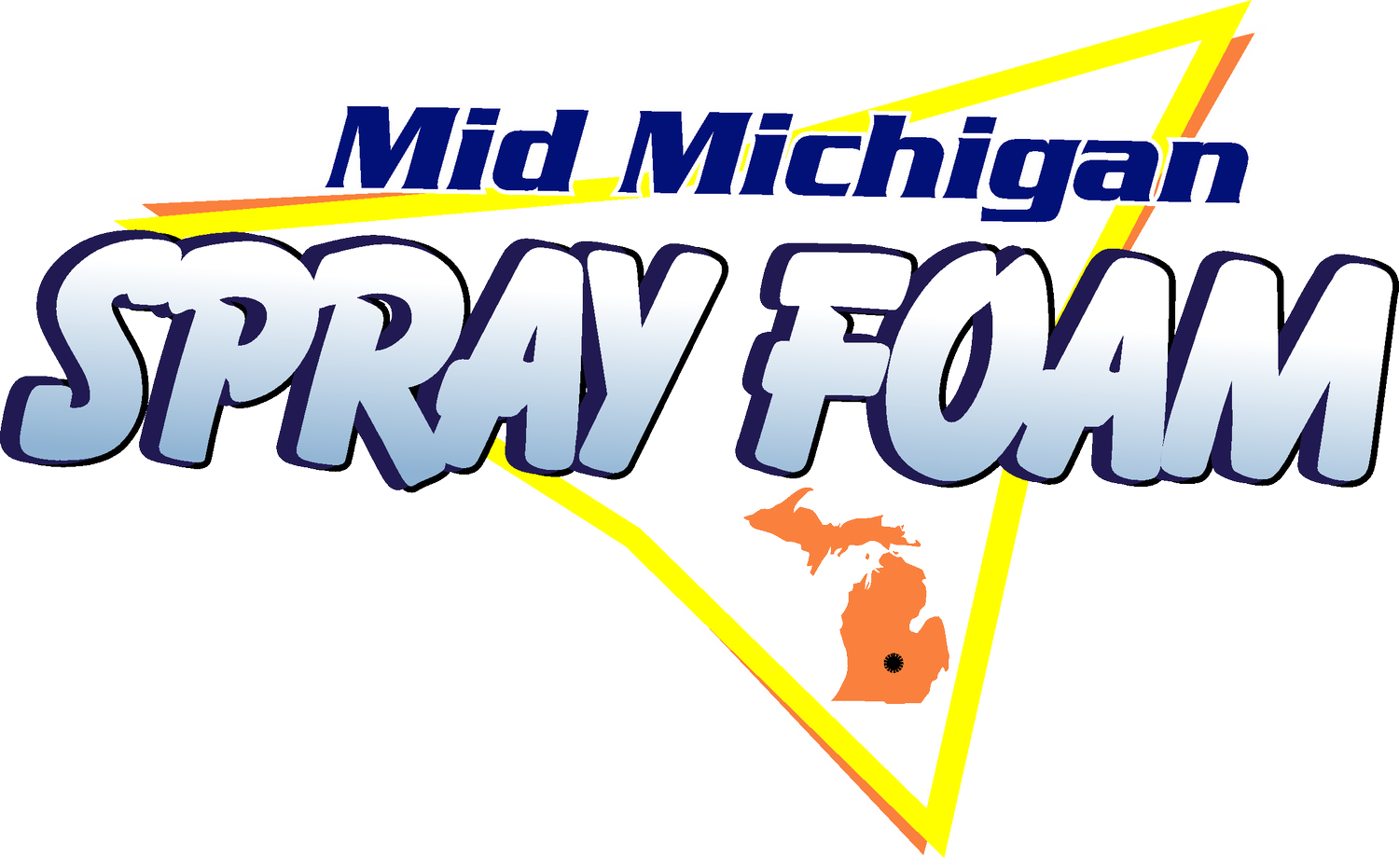Spray Foam Insulation: A Complete Guide from Mid Michigan Spray Foam Installers
Spray foam insulation (SPF) has become one of the most effective and innovative solutions in modern building practices. Whether you’re insulating a new pole barn, retrofitting an attic or improving building envelope performance, SPF offers long-term benefits that outperform traditional materials like fiberglass or cellulose.
At Mid Michigan Spray Foam, we help homeowners and businesses across the state choose the right type of foam, apply it safely and achieve high-performance results. In this guide, we’ll explain where spray foam comes from, how it works, and where it can be used in residential and commercial spaces.
Learn what spray foam insulation is, how it works and where it can be used for residential and commercial upgrades
What is Spray Foam Insulation?
Spray polyurethane foam (SPF) is a two-part liquid compound that expands when mixed and applied. It consists of an isocyanate and a polyol resin, which react at the spray nozzle to create a dense, seamless layer that hardens into rigid or semi-rigid foam. Once cured, spray foam provides a continuous air barrier and thermal resistance that outlasts most conventional insulation.
There are two main types: open-cell and closed-cell foam. Open-cell is lighter and flexible, useful for interior wall applications. Closed-cell is denser, provides a vapor barrier, and adds structural strength—ideal for attics, crawl spaces and pole buildings.
Where Did Spray Foam Insulation Come From?
Spray foam was first developed in the 1940s and gained traction in aerospace and military applications. By the 1980s, the construction industry began using SPF to meet energy efficiency demands. With the increasing focus on sustainable building practices, the demand for foam insulation has surged across the U.S. and Canada, especially in colder regions like Michigan.
How Spray Foam Works in Michigan Homes and Buildings
When sprayed into walls, attics or under floors, the foam expands up to 100 times its volume, sealing every crack and void. This helps prevent air leaks and heat loss—critical for Michigan properties facing freezing winters and humid summers. Properly installed SPF contributes to better building envelope performance, improved HVAC efficiency and potential long-term savings.
In pole barns, spray foam helps regulate temperature and moisture while reducing noise. It’s also resistant to pests, mildew and structural sagging. Learn more about how this works for specific structures by visiting our FAQ page.
Where Can Spray Foam Be Used?
Spray foam is versatile and can be applied in a range of residential and commercial spaces, including:
Attics and roof decks
Basements and rim joists
Crawl spaces and subfloors
Metal and pole buildings
Garage ceilings and walls
Agricultural structures
It also adheres well to most materials, including wood, masonry and metal. Visit our savings page to explore how spray foam reduces long-term costs for building owners.
According to the U.S. Department of Energy, proper insulation can cut heating and cooling costs by up to 20%. Spray foam does more than meet that standard—it often exceeds it, especially in tight envelope upgrades.
Choose Mid Michigan Spray Foam Insulation Contractors ‘Near Me’!
As experienced foam insulation contractors (‘near me’, if you’re asking Google!) our team at Mid Michigan Spray Foam brings technical precision, code-compliance knowledge and detailed planning to every project. We provide custom solutions for homeowners, developers and agricultural clients throughout the state.
From understanding insulation R-values to choosing the right foam density, we’re here to help you make the most of your investment. Whether you're improving an existing building or starting a new project, request a custom quote today to get started.
We can’t wait to work with you!
